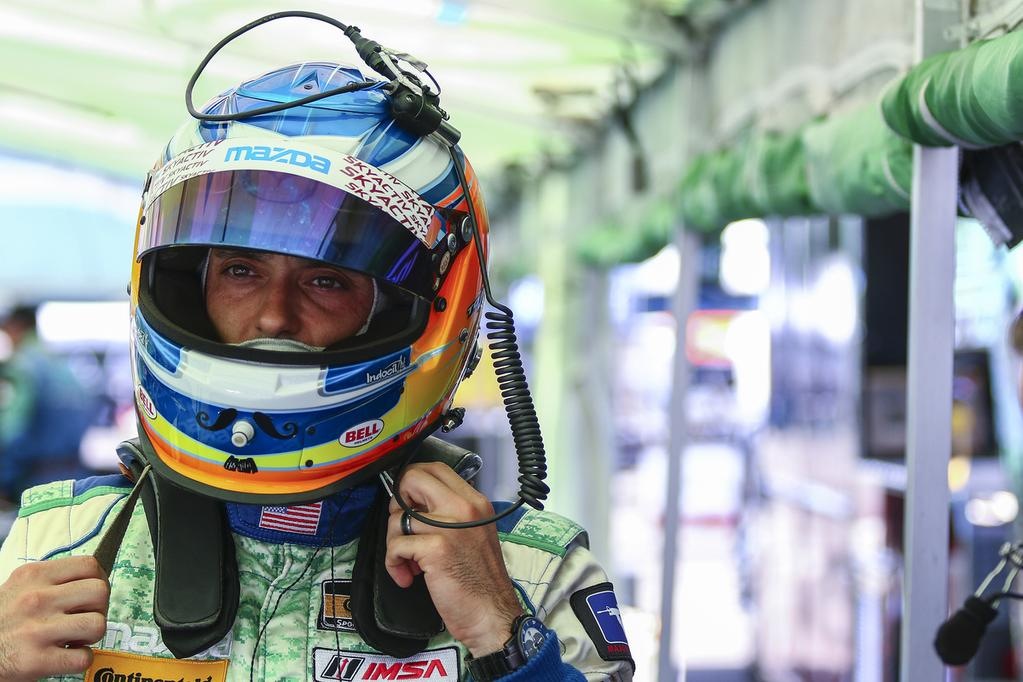 If you’re involved in motorsports, it’s important to work toward improving as a driver every day. That way, you’re prepared when you arrive at the track. While you may not be able to get out and turn laps every day, you can build a fitness and nutrition routine that will help you be a better driver.
If you’re involved in motorsports, it’s important to work toward improving as a driver every day. That way, you’re prepared when you arrive at the track. While you may not be able to get out and turn laps every day, you can build a fitness and nutrition routine that will help you be a better driver.
From a training perspective, cross-training and high-heart rate exercises are an important combination.
For me, a typical week includes several days at the gym with a circuit training regimen, which includes a well-rounded mix of exercises for lower body, upper body and core-strength focuses. Burpees, squats, hip flexor exercises, and calf raises are some of the lower body exercises, while upper body exercises include working the shoulders, chest, arms, and don’t forget the neck! For me, driving the Mazda prototype, forearm exercises are important, too. Core exercises include everything from sit-ups and planks to back exercises.
High-heart rate exercises elevate the heart rate for extended periods of time. Exercises that achieve this are things like running and rowing. Rowing is a great indoor activity during winter weather! Ideally, I aim to keep my heart rate elevated for the same amount of time I plan to drive the car, so I train anywhere from 60-90 minutes at a time.
Depending on the type of car you drive and the weather, heat acclimation can be vital, too. You can train in a heated environment in the gym or come up with creative ways to build up a tolerance for heat, like taking hot yoga classes.
Just like race fuel is necessary for the car, proper nutrition is important for a racer to have the right energy levels, especially on a race weekend. Don’t forget: that includes hydration, which involves not only drinking water, but electrolytes, too!
Each one of these aspects will help you become the most well-rounded athlete you can be, which in turn will help your performance in the race car. A high heart rate for a sustained period of time is critical for endurance racing, but there will also be times when the heart rate spikes, like during race starts and close calls, and that is where the circuit training can really pay off.
If you’re looking to develop your own training program, here are some great resources:
-Charlotte, N.C. residents who need a personal trainer can contact Trey Shannon Fitness.
-If you’re near Indianapolis, can check out Jim Leo’s Pit Fit, which is a favorite for a lot of Indycar drivers.
-Central Florida drivers can get training from Eagle Kinetics, owned by trainer Dalton Oliver and based in Orlando.
-If you’re not in one of those cities, you can consider finding a local instructor-guided high-intensity circuit routine, which is offered at places like OrangeTheory Fitness.



